Dear Associate Professor, the information that Vietnam's rice price is the most expensive in the world is considered "both happy and worried". From the perspective of an economic expert, could you please tell us your opinion on this issue?
First of all, the good news is that, up to now, the price of Vietnamese rice has always been lower than the price of Thai rice. Besides, the issue that we have been talking about a lot recently is the ability to negotiate on price and quality of goods.
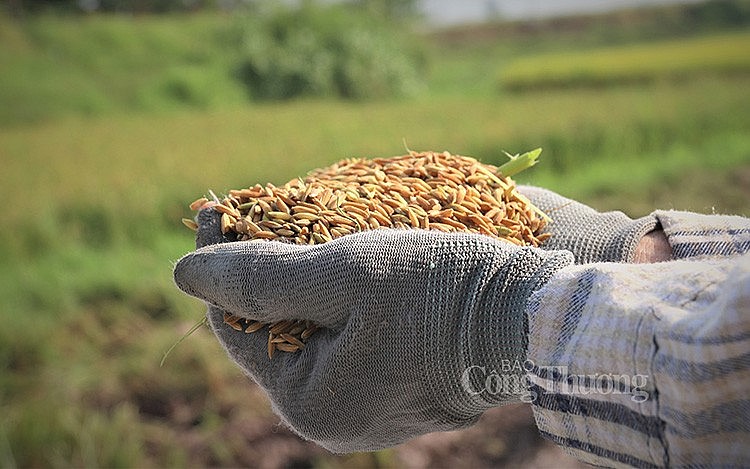 |
| Rice export in the context of some countries banning exports: Flexible solutions to achieve many goals |
However, the high export price of rice may lead to an increase in domestic rice price. Therefore, considering and calculating appropriately at this time is a "brain-wracking" problem for businesses.
On the other hand, rice prices have increased so much, but farmers - the people who directly produce rice - are not the ones who benefit the most.
Another issue that businesses need to keep in mind is that price fluctuations will only last for a short time, rice prices may increase and reach a very high level but then decrease and return to equilibrium. This level is usually much lower than the peak level.
Therefore, businesses need to be extremely careful. If businesses are not alert, "catching the peak" will lead to "old age and broken rope", but if they are too young, they will suffer losses. This has actually happened.
After some markets banned rice exports, the world rice market became very "hot". In the management of the industry and trade sector for rice, the consistent direction given by the Ministry of Industry and Trade is to take advantage of market opportunities while still ensuring food security. What is your comment on this direction?
This is a correct and accurate issue, because food security is a matter of survival for the economy. Therefore, we cannot let people suffer from food shortages or depend on imported food sources. To achieve food security, the first thing we need is appropriate storage.
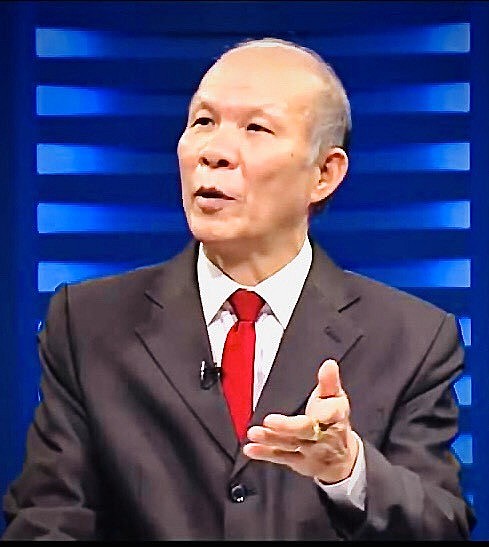 |
| Economist Dinh Trong Thinh |
Besides, we need to consider how much we can sell. Because selling goods at attractive prices is also an opportunity that does not always exist.
Stockpiling is necessary, but it needs to be just enough. Careful calculation is needed, otherwise, when the new crop season comes, the rice market returns to normal , the rice in the warehouse cannot be sold at a high price, causing damage to businesses and the rice industry.
According to data from the Ministry of Agriculture and Rural Development, the total rice area in the country in 2023 is about 7.1 million hectares; the average yield is 60.7 quintals/ha, the output is estimated at over 43.1 million tons of paddy, an increase of about 452 thousand tons compared to 2022.
According to the Vietnam Living Standards Survey, on average, a Vietnamese person consumes 83 kg/year, in rural areas it is 92 kg/person/year and in urban areas it is 68.4 kg/person/year. Thus, the total rice needed for human consumption is about 8.7 million tons of rice; for processing about 7.5 million tons of rice; for livestock about 3.4 million tons of rice; for seeds and reserve seeds about 1 million tons of rice; for domestic reserves about 3.8 million tons of rice.
According to data from the Center for Digital Transformation and Agricultural Statistics - Ministry of Agriculture and Rural Development, the estimated balance of domestic consumption demand in 2023 is about 29.5 million tons of paddy with a very high safety factor. The amount of rice exported in 2023 is estimated at over 7.0 million tons (equivalent to about 14 million tons of paddy).
The Ministry of Agriculture and Rural Development also affirmed that from now until the end of the year, if there are no unusual weather developments, rice output will ensure the plan to fully meet domestic rice demand and export requirements.
“Preventing violations of price listing, speculation, hoarding, and unreasonable pricing of rice” is one of the requirements set forth in Directive No. 07/CT-BCT dated August 15, 2023 of the Ministry of Industry and Trade. Is this necessary in the context of the current “hot” rice market, sir?
I agree with this request. The market is a communicating vessel. Therefore, with the world and domestic rice export prices being very "hot" after the rice export ban of some countries, violations of price listing, speculation, hoarding, and unreasonable pricing of rice in the domestic market are very likely to occur. We need to prevent rather than cure.
The fluctuation of prices of goods in general, and rice in particular, will affect our consumption process as well as our production, business and storage activities.
Therefore, the above solution will ensure food security, ensure state management of prices, and ensure smooth domestic consumption and food reserves. At the same time, it will ensure safety for business activities and other production activities in the national economy.
Thank you!
Source link




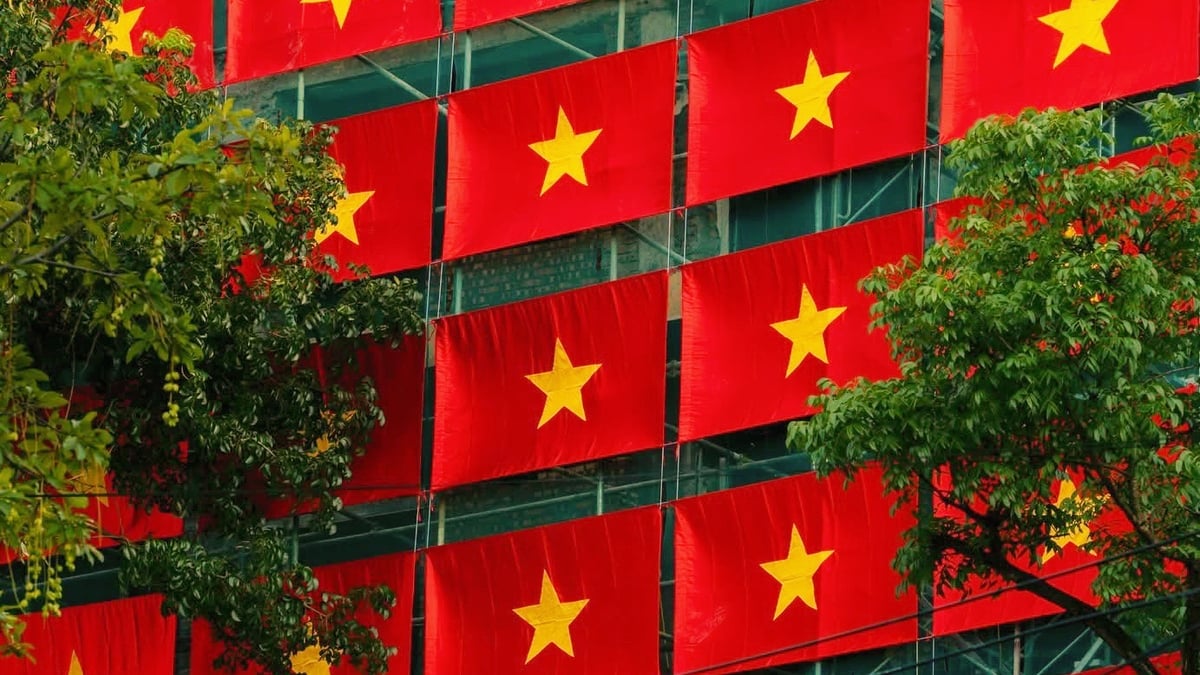
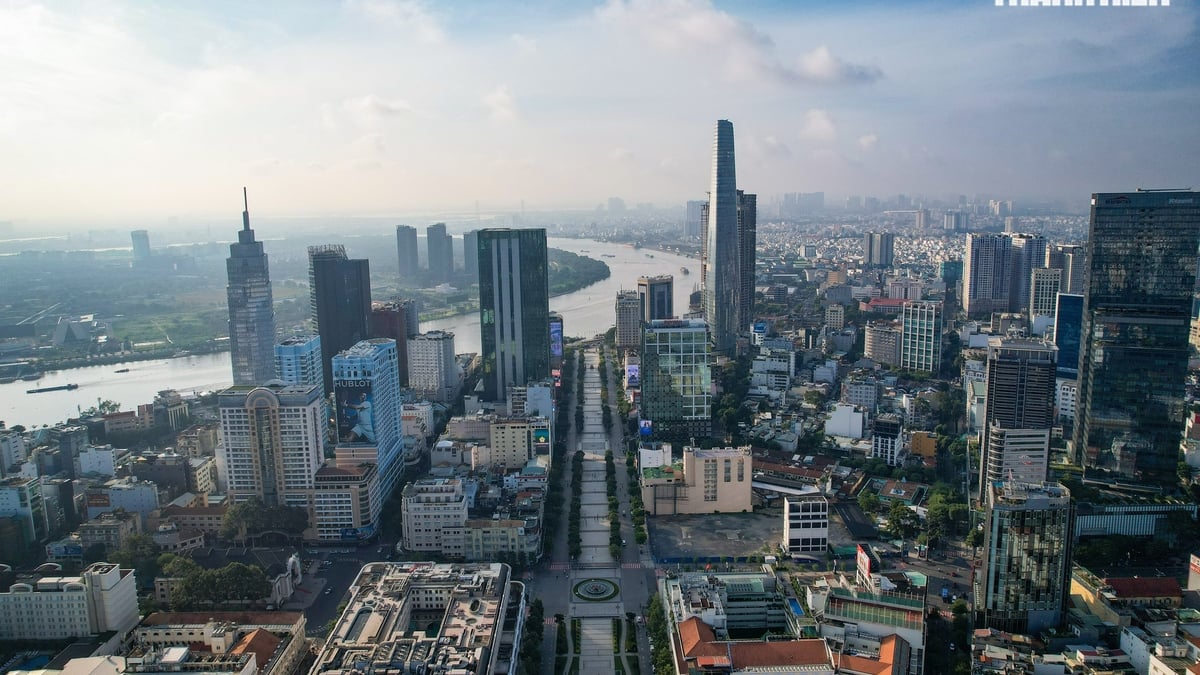

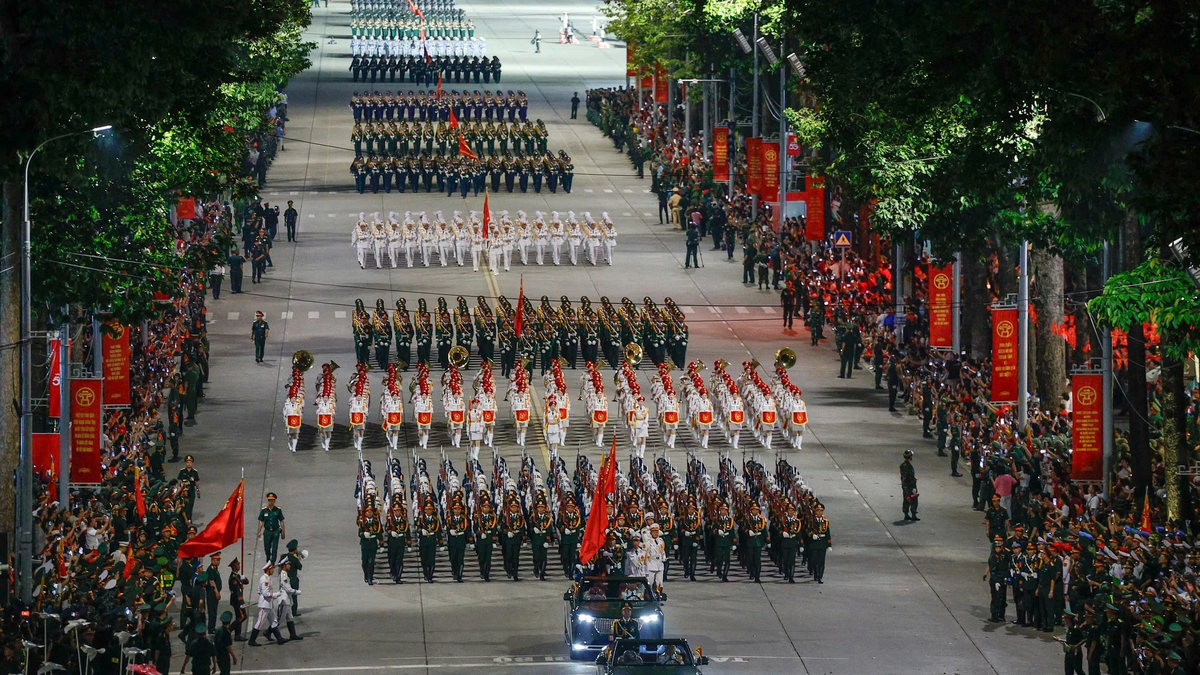
![[Photo] General Secretary To Lam attends the 80th anniversary of Vietnam's diplomacy](https://vphoto.vietnam.vn/thumb/1200x675/vietnam/resource/IMAGE/2025/8/25/3dc715efdbf74937b6fe8072bac5cb30)


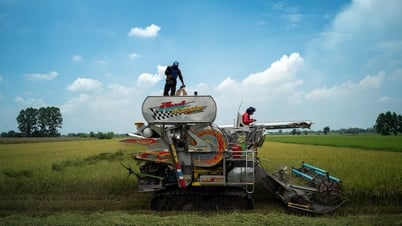

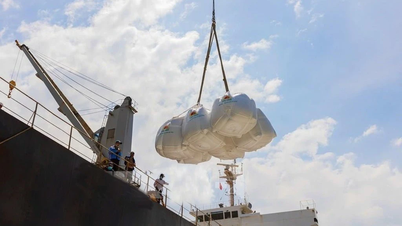

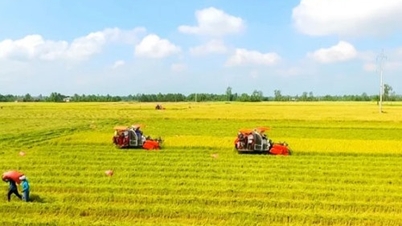


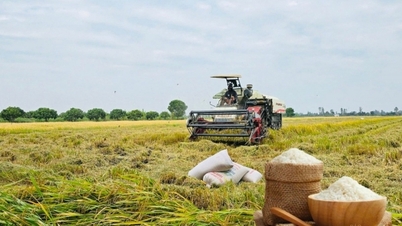


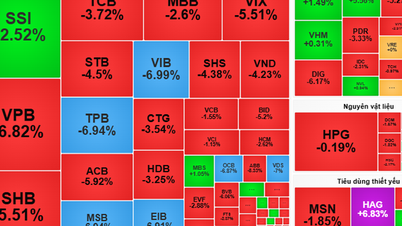

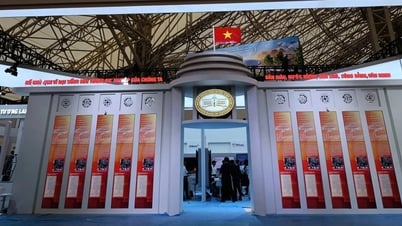
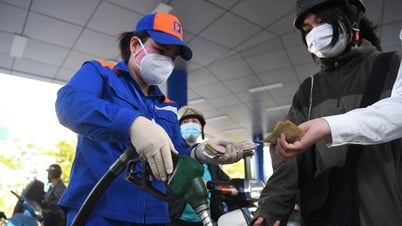









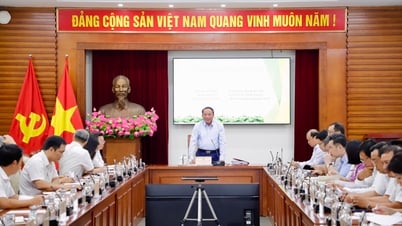
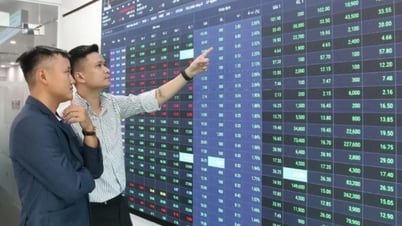
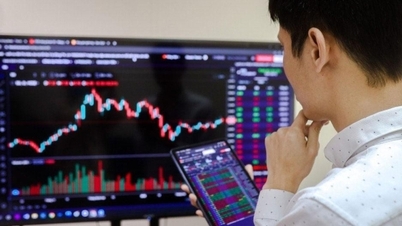




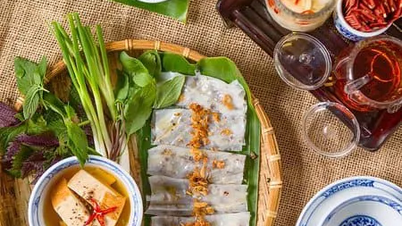















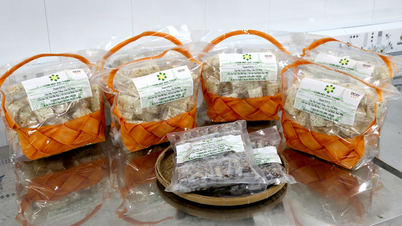










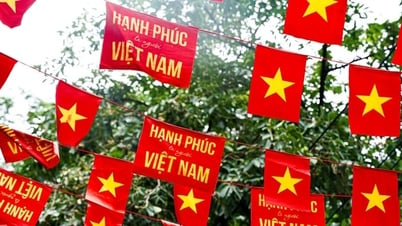


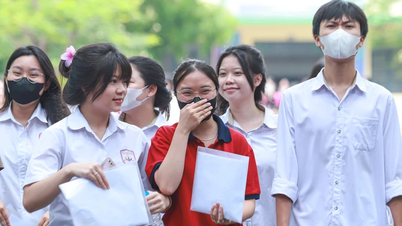


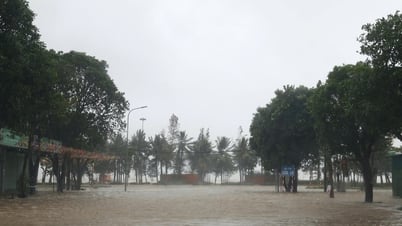






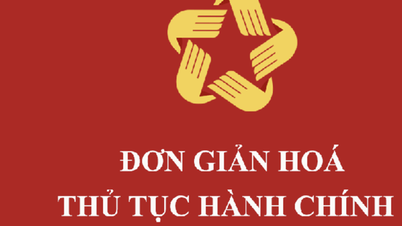


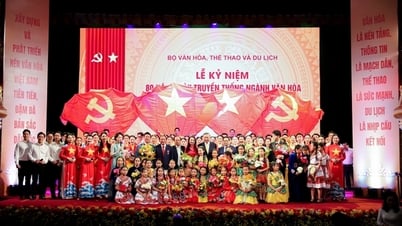


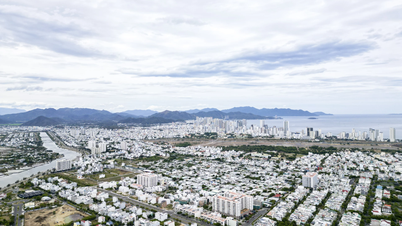


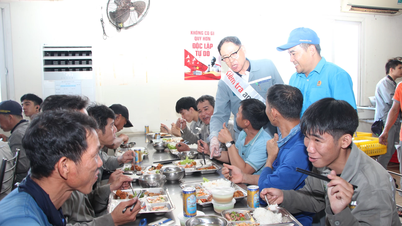








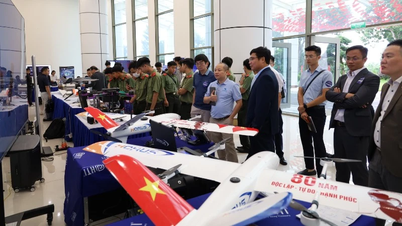
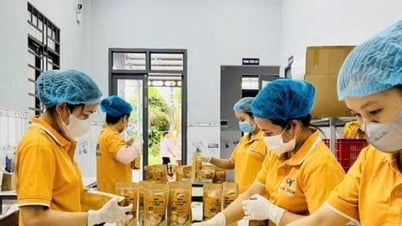

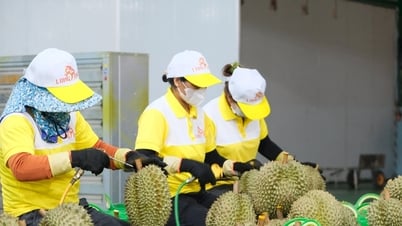






Comment (0)